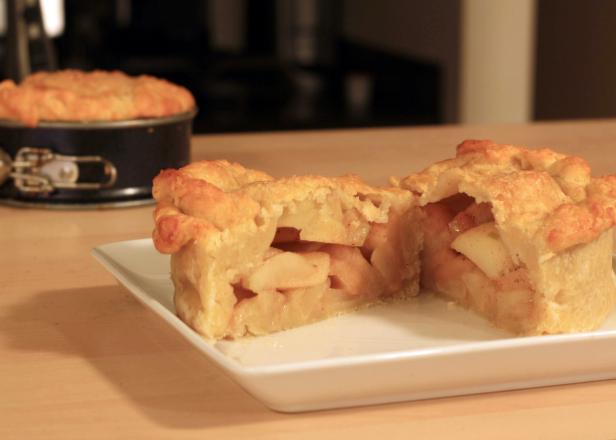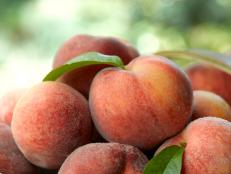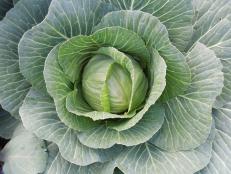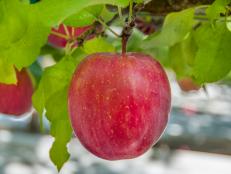How to Freeze Apples
Save that apple bounty for the months ahead.


If you are lucky enough to have an apple tree that is producing well, have recently enjoyed a trip to a pick-your-own orchard, or if you just went overboard at the farmers’ market this week (as I did), you may have more apples than you can handle this time of year. It may just be time to learn how to freeze apples.
While nothing quite compares to a fresh apple, freezing apples for use in cooking or baked goods is an easy way to manage an unexpected overstock and will keep those cobblers, pies and dumplings coming all year long.
There are a couple of things to consider before rushing to the freezer. Sweeter apples such as Fujis or Galas are more likely to hold their flavor than tart varieties, but any apple will do fine in the freezer for six to nine months.
Perhaps more important to keep in mind, though, is that freezing an apple does alter the texture, leaving the flesh spongier than that of a fresh apple. Just fine for any application that involves cooking, but if you are looking for the crisp bite of an apple straight from the orchard, eat your fill now before you hit the freezer.
Like many fruits and vegetables, how you freeze them depends on how they will be used.
Freezing Whole
The short answer is yes, apples may be frozen whole and with virtually no effort. Washed and wrapped in plastic or sealed in Ziploc bags to freeze, there is no quicker route from orchard to freezer. It may be easy, but bear in mind the end result is an apple that is inconvenient when it comes time to use it. In the long run you’ll be better off processing apples into something more manageable before hitting the big freeze.
Sliced
Peel, core, and slice. If you’ve got apples to freeze, but no plan for their use, this is the way to go. Use later by the handful or bagful in any cooked recipes. Pies, muffins, cobblers and even applesauce can be made from frozen apples.
There are some fun peeling gadgets around and may save some time, but I tend to stick with my trusty swivel peeler. On the other hand, I can’t say enough about the value of a sturdy slicer/corer. An indispensable tool when you have a lot of apples to get through.
Once sliced, dip the apples in a bowl of water with a little lemon juice stirred in (about a tablespoon per gallon) to prevent browning.
To prevent clumping, arrange slices on a plate or baking tray lined with parchment paper and pre-freeze them for a couple of hours before bagging in an airtight container or ziploc bags.
14 Top Fruit Trees for Home Gardens 14 Photos
Learn about fruit trees worth adding to your yard.
Applesauce
No additives needed. Homemade applesauce is an effective use of apple surpluses and it’ll be nearly as good coming out of the freezer as it was when you made it.
Pie Filling/Pies
Apple pie filling can be prepared and frozen in an airtight container for up to nine months with minimal loss of flavor.
Taking this one step further, whole pies can be frozen for future use. Prepare your favorite recipe and freeze tightly wrapped in plastic wrap or sealed in gallon sized ziploc bags.
Basic Pie Filling for Freezing
¾ c sugar
1 ½ tsp cinnamon
2 T flour
1 T lemon juice
6 c apples (peeled, sliced and cored)
Combine sugar, cinnamon and flour together. Stir all ingredients together until well combined. Filling may be used immediately or frozen for up to 6 months.
How to Freeze Fruit
Learn methods for freezing fruit so you can have fresh taste long after the growing season ends.














































